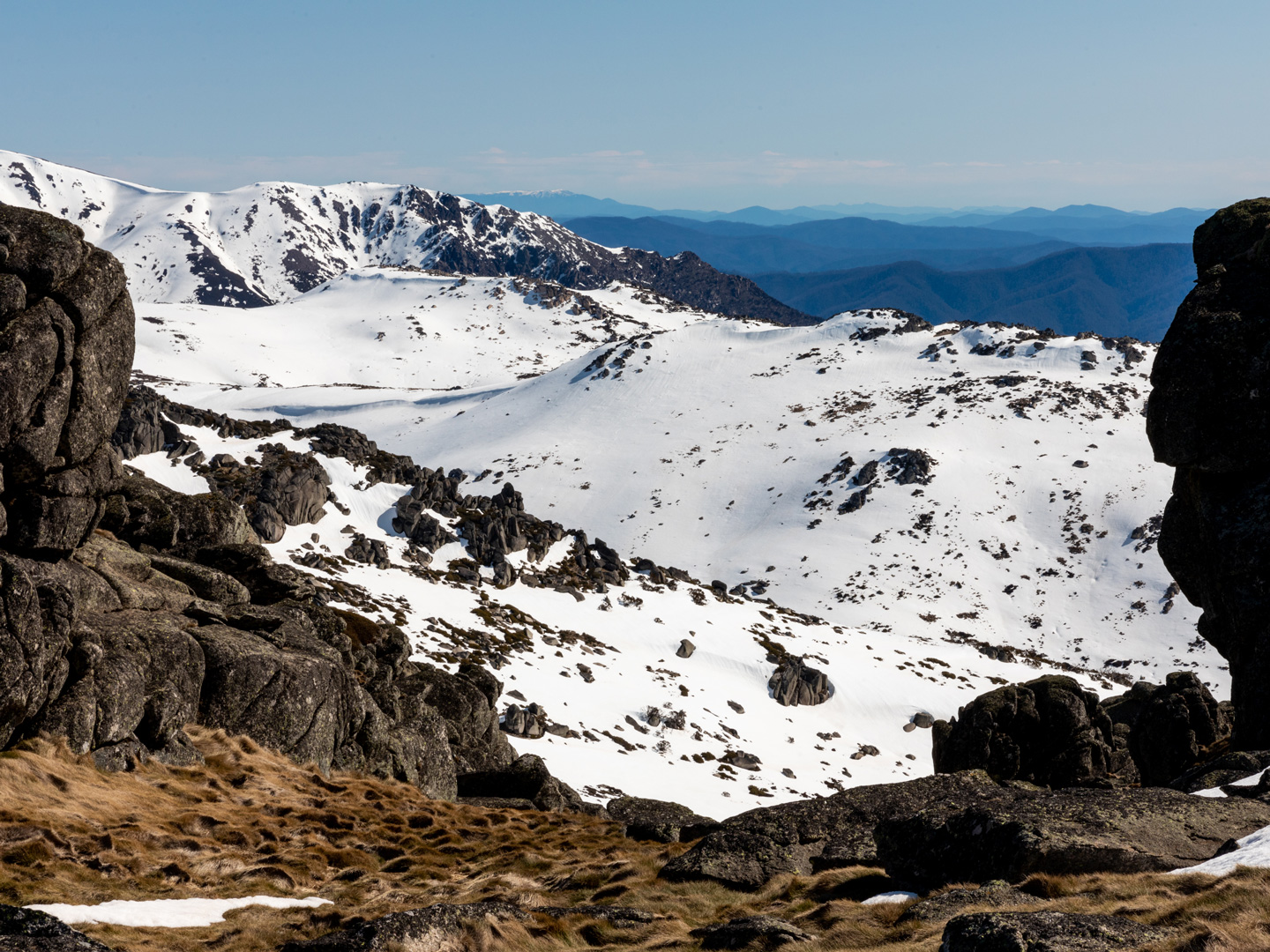The Australian alpine environment is a small area within our vast continent. The alpine contains our highest peak, Mt Kosciuszko, and crosses two states from NSW into Victoria.
As you can imagine it is generally quite cold up in the mountains and the biota (living things including plants and animals) have adapted to living in this unique environment. This makes the biota quite susceptible to changes in climate.
An increase in carbon dioxide in the atmosphere leads to an overall warming of the planet. Unfortunately for snow lovers, mountainous snowy areas in Australia are likely to experience faster and more intense warming than other areas. For anyone that has been riding before it’s pretty obvious a warm climate is not going to be great for snow. In fact we have already seen changes in the climate in the Australian Alps including; warmer days and nights, a decrease in average snow depths, shorter snow seasons and less area being covered by snow.
Who does it affect?
Poor snow conditions can be pretty disappointing when you have paid all that money and travelled all that way for a day on the slopes. Unfortunately the effects don’t end there. Changes in rainfall and snowmelt affect downstream water flow. This means changes for agricultural industries and farmers who rely on water for irrigation and their livelihood. Ironically, it can also cause an increase in further carbon emissions as the capacity to generate hydro electricity decreases and other forms of fossil-fuelled energy production are relied on.
There are also thousands of businesses and families that have settled in local alpine and resort towns who rely on winter tourism and sports to make a living. They stand to lose their livelihoods, their community and their environment they love!
Further, we know Indigenous people, such as the Ngarigo and Walgal people, have been living and visiting these areas for at least 21,000 years! I do not have the authority to speak for these people. I can only say having watched my local beach succumb to erosion from storm events exacerbated by climate change, I can’t imagine what it would be like to watch a landscape change that my family has connected to for tens of thousands of years!
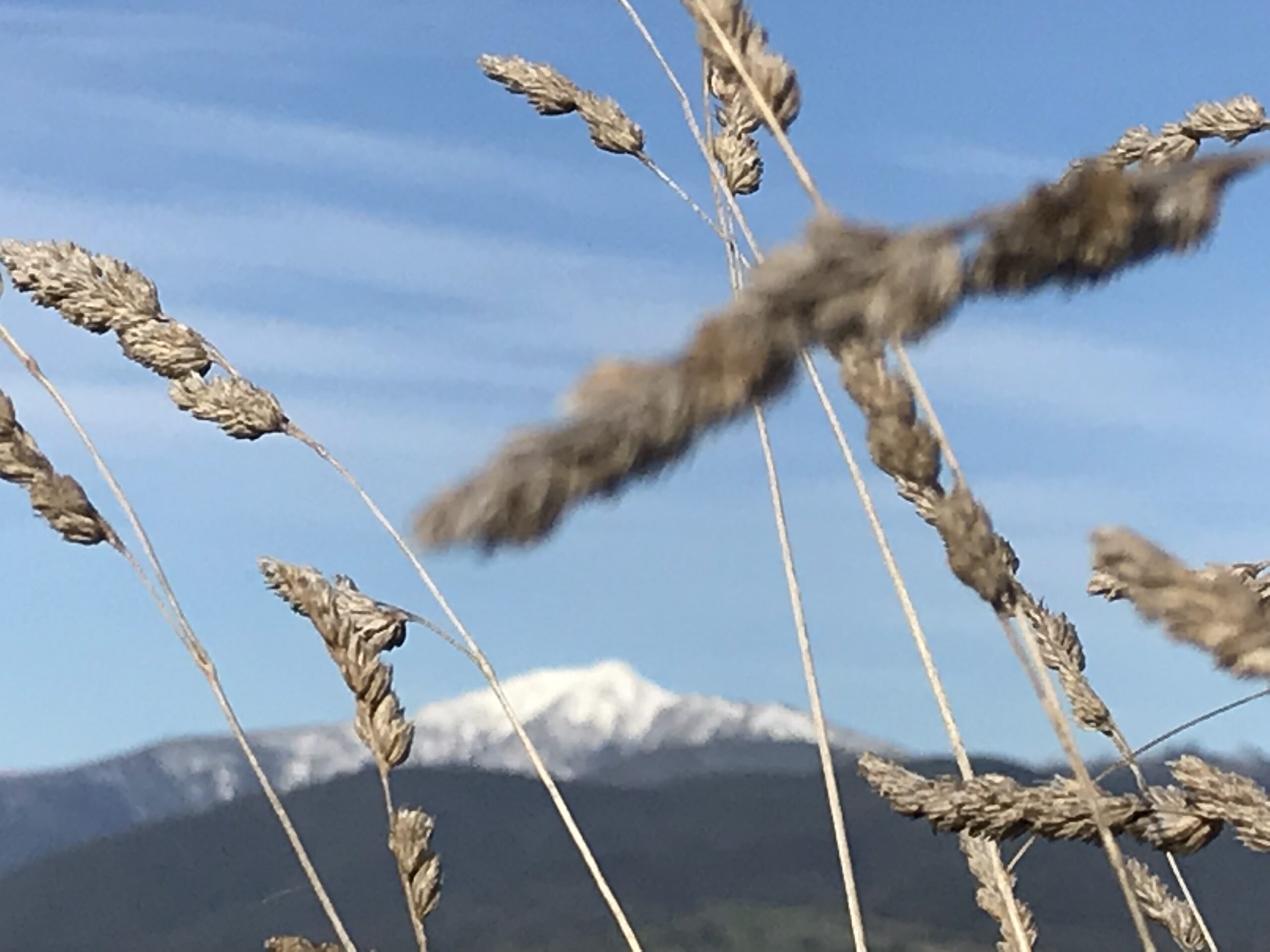
Plants, animals and humans all rely on the alpine environment.
Not just humans.
Although this can be upsetting for anyone that enjoys the varied ecosystem services (e.g recreation, water supply, personal connection) from the Australian alpine environment. It is not just humans that are impacted. Many alpine flora and fauna have evolved over thousands of years to cope with low temperatures, snow cover, snow melt and cold seasons.
The changes in climate that we have already seen and are projected to see in the Australian Alps will affect many aspects of biodiversity. Here are just 3 examples, an animal, a plant and a whole ecological (plant and animal) community!
Mountain pygmy possum – Burramys parvus
Status: Critically Endangered (IUCN), Endangered (Commonwealth and NSW) and Threatened (Vic)
Food: Loves Bogong moths
Life: Female 12, Male 5 years.
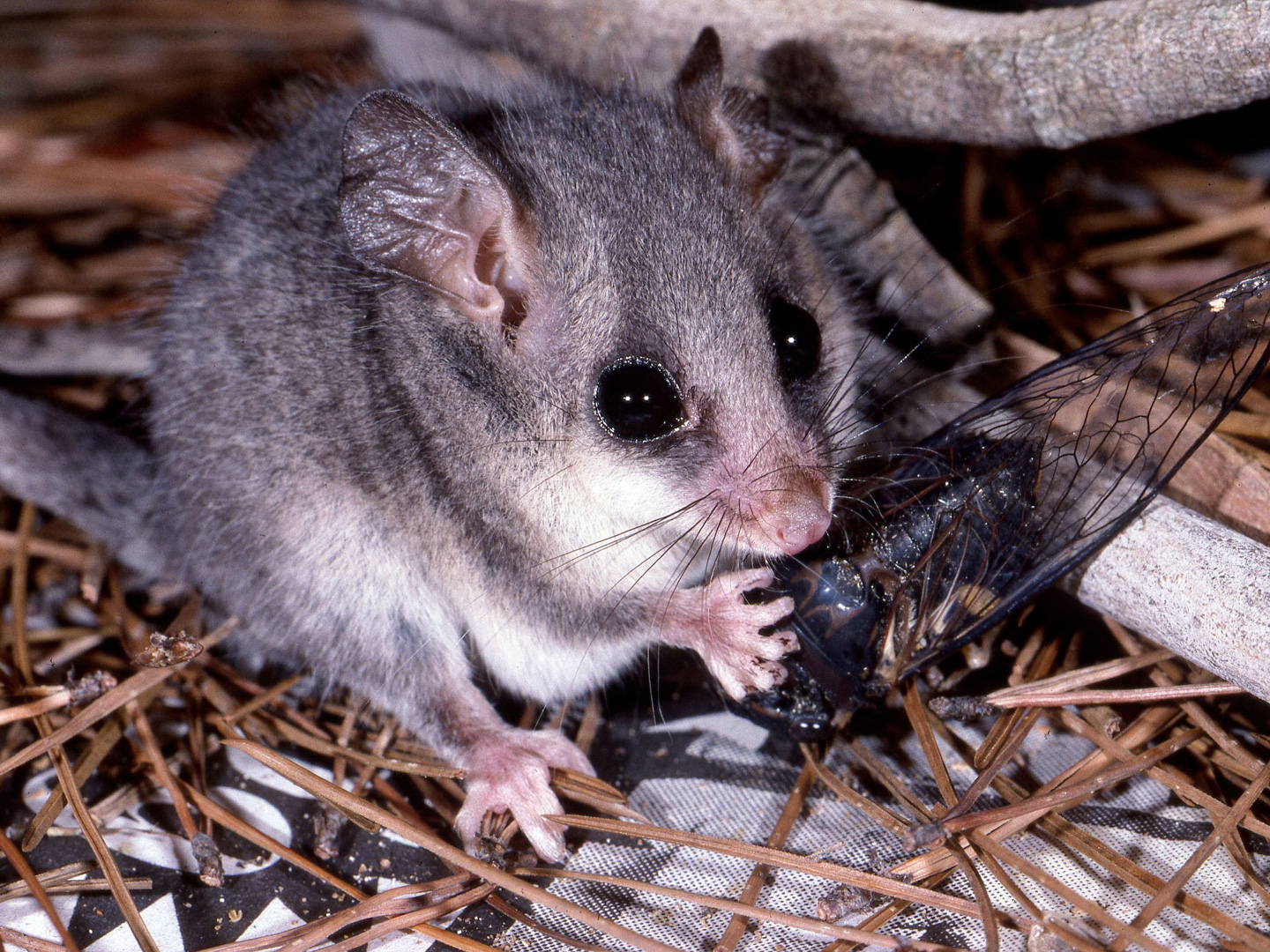
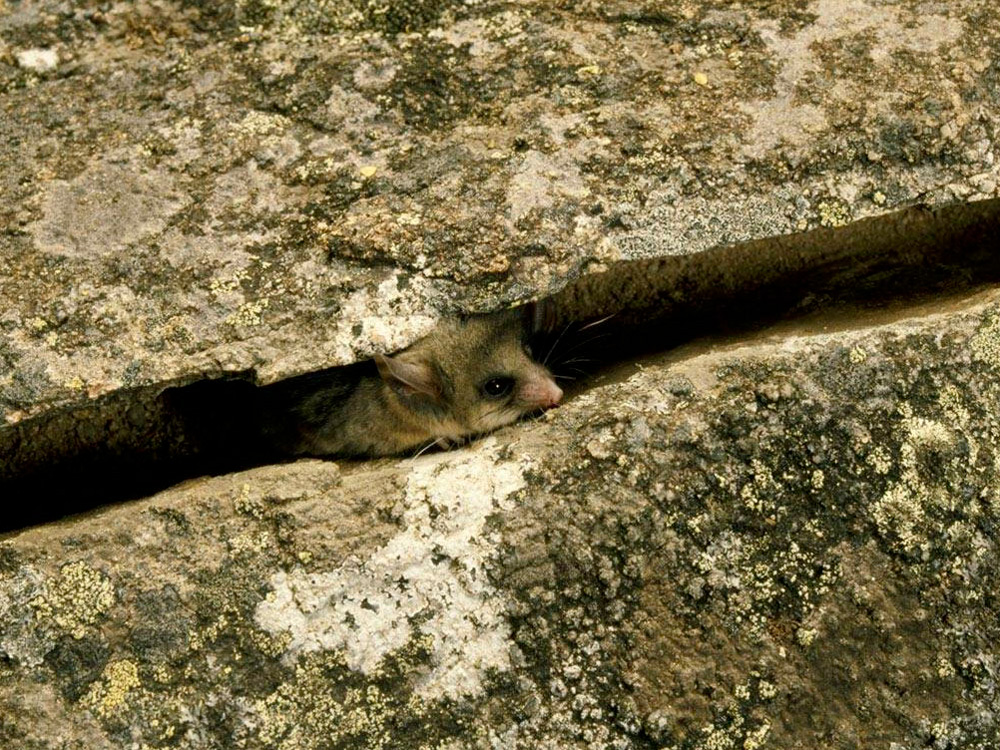
Left: Out of hibernation and looking for food.
Right: Hello from above the tree line!
This cutie was actually thought to be extinct, but was rediscovered in 1966! These guys hibernate over winter in the alpine rocks and under snow for up to 7 months and wake up for breeding and feeding just in time for the tasty bogong moths to arrive. However, if the snow melts too early these guys wake up before their main food source has arrived and can struggle to survive. Also, if there is mid season snow melt then they get too cold (stay with me here- snow is actually a great insulator! So when they are hibernating below the snow they are warm, however if the snow melts while they are hibernating they can die from the cold air!)
Anemone Buttercup – Ranunculus anemoneus
Status: Vulnerable (Commonwealth and NSW)
Flowering time: Soon after snow melt
Location: Some have been found inside ski resorts! Maybe in Vic??
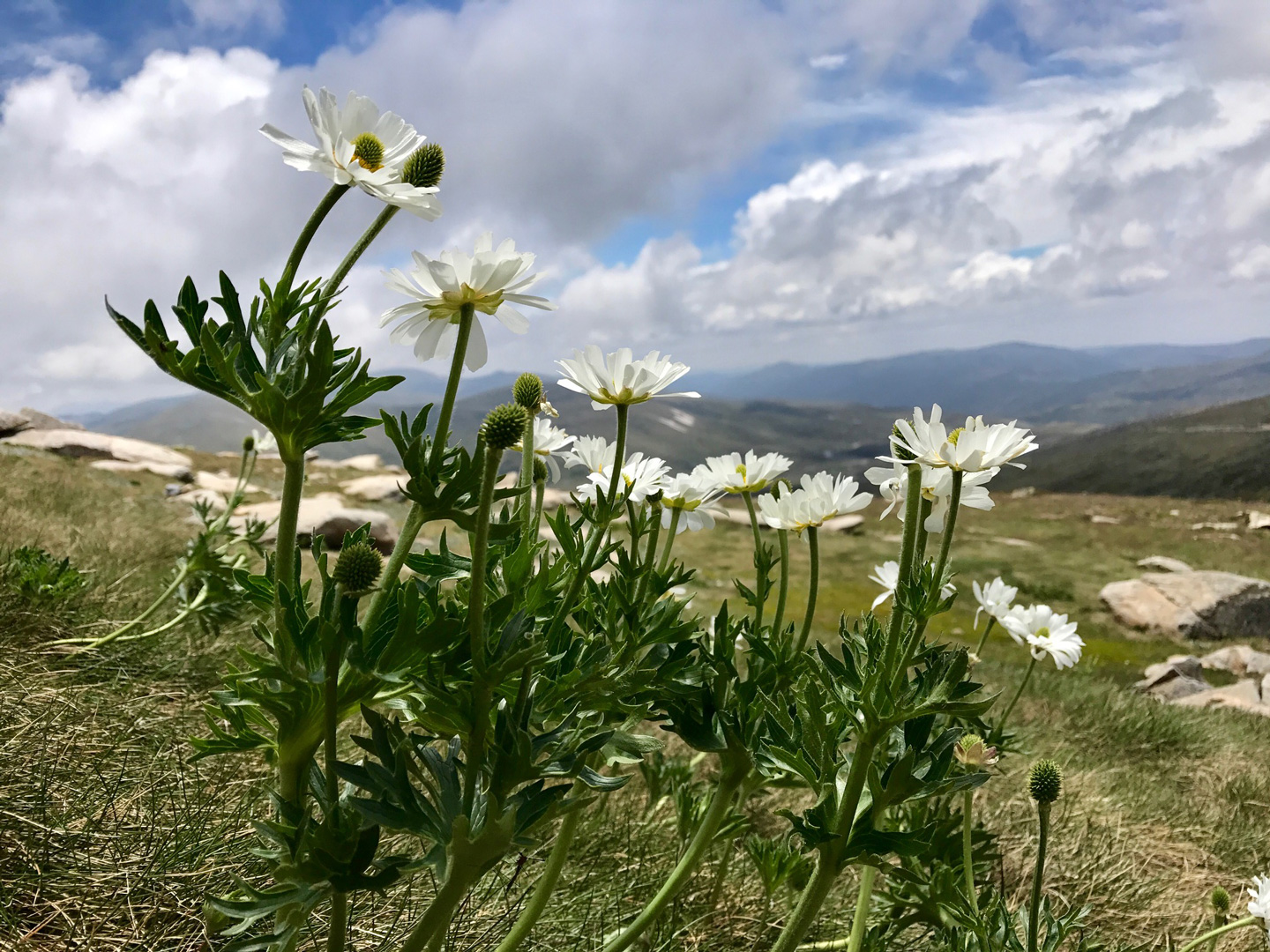
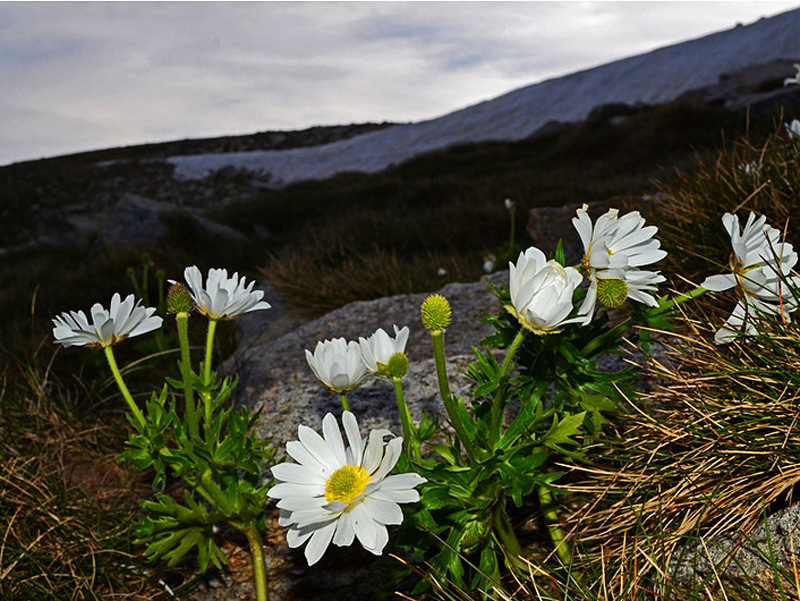
Anemone Buttercup – Ranunculus anemoneus flowers in alpine NSW
You know when you imagine a European spring with the snow melt revealing the wildflowers blooming? Well this is our own Aussie version, bright white petals around a yellow centre. These guys have been found mainly above the tree line (>1900m) although a few records exist down to 1600m, and these guys come with some mystery.
One was recorded in Mt Hotham, Victoria in the 1800’s but one has never been found there since. Was it an incorrect recording? Are they now extinct in Victoria or is it still out there waiting to be found? The ones we have located in NSW tend to occur in areas of late snowmelt and they actually form their flower buds in autumn before the snow arrives! Grazing by cattle nearly saw this plant go extinct in NSW but in areas where grazing has ceased it has made an amazing recovery.
Alpine Sphagnum Bogs and Associated Fens
Status: Endangered (Commonwealth), Rare (Tasmania), two components listed as Threatened (Vic) and part of a broader community that is Endangered (NSW)
Location: Small permanently wet pockets in the high country of Tasmania, Victoria, New South Wales and the Australian Capital Territory.
Although the name sounds weird these communities are super important for water catchment, filtering and regulation of downstream flow. So it is important for all the agricultural and also the ecosystems downstream reliant on their slow release of water. They form in permanently wet areas including the alpine. Snow cover may assist in protecting them from intense winds, eroding rains and solar radiation (sun light).
The plants that make up this community are susceptible to climate change and this makes them vulnerable to being replaced by plants that are better adapted to drier, warmer and more fire prone conditions, such as invasive weeds. This would result in the reduction of Alpine Sphagnum Bogs and Associated Fens and the ecosystem services they provide.
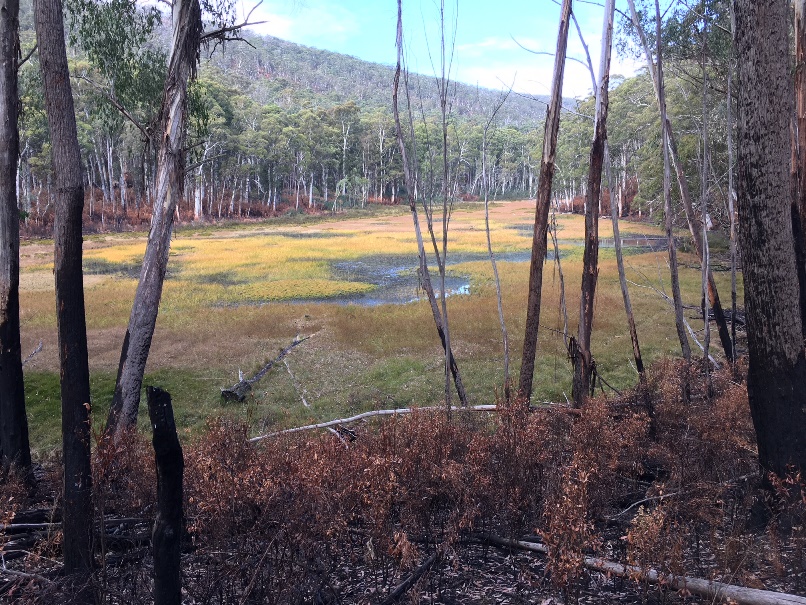
Alpine Sphagnum bogs and associated montaine fens like this one near Mt Baw Baw are unique ecosystems that occupy the zone between land and water in Australia’s alpine region.
So how do we help protect these?
Well as these species all rely on an alpine environment the short answer is protect the alpine environment. However, the biota will all have slightly different primary threats like the ‘Anemone Buttercup – Ranunculus anemoneus’ seems most threatened by grazing and the ‘Alpine Sphagnum Bogs and Associated Fens’ seems most threatened by a change in moisture. This means the answer is not so simple.
At POW Australia we are trying to tackle the big problem, that is reducing greenhouse gas emissions into the atmosphere to help preserve the climate of the alpine environments. We think there are three levels we should be operating on to achieve this. On the individual level, for example, if you need to go somewhere today, can you walk, bike, use public transport or car pool? Sometimes though individual actions are suppressed because of bigger laws and systems so we also need to act on a national level.
For example, creating cheaper and more reliable public transport would make our individual actions much easier, but one person trying to change the public transport system is a lot of work. So enter collective action. This is where POW Australia comes in. We are working to bring together individuals to act as a collective so we can sway decisions of organisations and governments much more effectively than a single person.
Although we are in summer right now we are gearing up for a big winter season in 2024 where we will again run campaigns for change. We ask that you sign up to our newsletter and be ready to join us when the call comes. Connect to protect your winters.
Super keen and want to do something now? Great, contact us here. We always need volunteers and have lots of projects on the go.
Further Reading:
- AdaptNSW: Climate change impacts on snow
- Ngarigo: Australia’s people of the snow – a photo essay
- Conserving threatened species: Mountain Pygmy-possum
- Recovery Plan for the threatened Alpine Flora
- Anemone Buttercup – Profile
- National Recovery Plan
for the Alpine Sphagnum Bogs and Associated Fens - Alpine Sphagnum Bogs and Associated Fens
